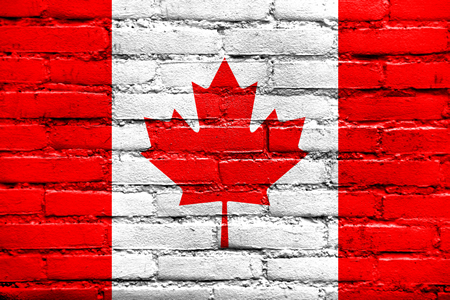 Alberta is in Western Canada, bounded by the provinces of British Columbia in the west and Saskatchewan to the east, the Northwest Territories to the north and the US state of Montana to the south. Alberta has a dry climate with warm summers and cold winters.
Alberta is in Western Canada, bounded by the provinces of British Columbia in the west and Saskatchewan to the east, the Northwest Territories to the north and the US state of Montana to the south. Alberta has a dry climate with warm summers and cold winters.
Edmonton is the capital city of Alberta and is the main supply for Canada’s crude oil and oil sands. 290km south of the capital is Calgary, Alberta’s largest city. Alberta’s economy is one of the strongest in Canada supported by this petroleum industry followed by agriculture and technology.
Alberta is a popular tourist destination (over 4 million visitors annually) who come for its skiing, hiking and camping. Visitors can enjoy shopping at West Edmonton Mall or experience the world famous Calgary Stampede.
Other attractions include outdoor festivals, professional athletic events, international sporting competitions and the natural attractions such as Elk Island National Park, Wood Buffalo National Park and the Columbia Icefied. The Rocky Mountains, Banff National Park and Jasper National Park are well known tourist destinations.
 Saskatchewan is a prairie province in Canada bordered on the west by the Province of Alberta. The province’s economy is based on agriculture, mining (Saskatchewan is the world’s largest exporter of potash and uranium) and energy.
Saskatchewan is a prairie province in Canada bordered on the west by the Province of Alberta. The province’s economy is based on agriculture, mining (Saskatchewan is the world’s largest exporter of potash and uranium) and energy.
Saskatchewan contains two major natural regions; the Canadian Shield in the north and the Interior Plains in the south. In the north you will find boreal forest except for Lake Athabasca Sand Dunes, the largest active dunes in the world north of 58°.
Saskatchewan has more hours of sunshine than any other Canadian province and lies far from any significant body of water. Summers can get hot (above 38°sometimes during the day) while the winters are cold.